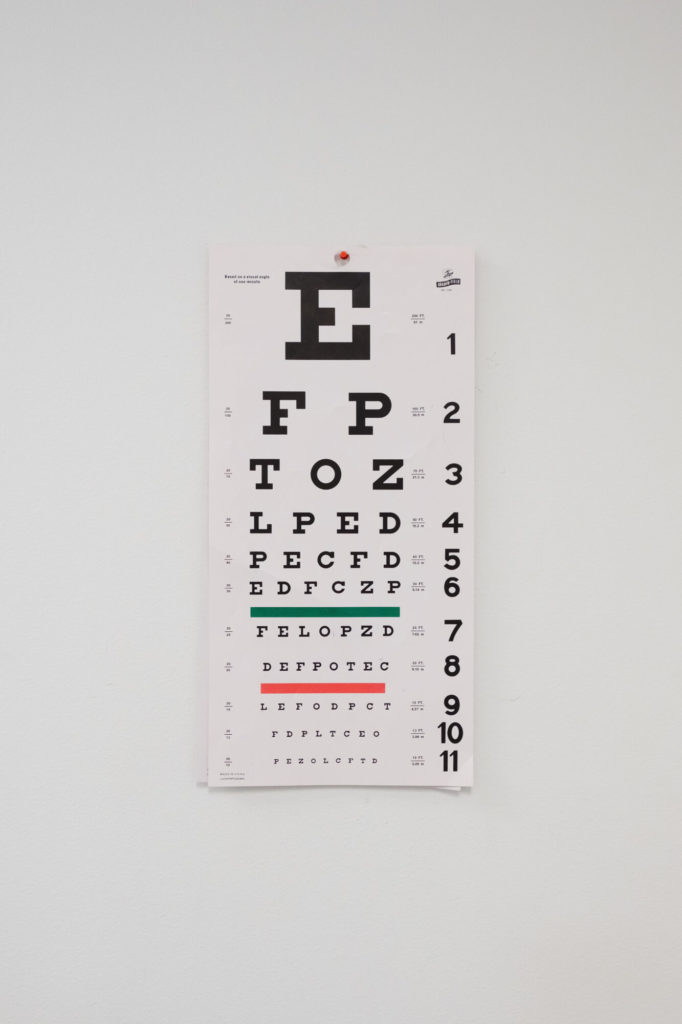Glaucoma is a type of eye infection that causes the erosion of your optic nerve due to the extra fluid that sometimes builds up in front of the eye. The pressure in your eye starts to increase due to the excessive fluid called aqueous humor. This fluid starts to accumulate in your eyes and eventually leads to loss of vision. If you can seek early treatments, then losing your vision for a lifetime can be prevented.
Glaucoma is broken in down into two types:
- Open-Angle Glaucoma
- Angle-closure Glaucoma
Open-Angle Glaucoma
Open-angle glaucoma is when the fluid in the eye keeps on accumulating. In this type of glaucoma, you don’t sense any pain or feel like you’re losing your vision. You start to lose your vision silently because the loss starts from the side vision, which is your peripheral vision. However, once you start to notice the slow loss in your vision, it gets really hard to cure it completely. There are not many symptoms experienced if you have open-angle glaucoma, the few symptoms that you may experience are:
- Tunnel Vision in early stages
Tunnel vision is the loss in visual perspicacity; it limits you from seeing in different directions at the same time. You are only able to concentrate on one thing or point.
- Peripheral Vision
Peripheral vision is the vision that allows you to see from a wide-angle and not just the center. However, when you develop open-angle glaucoma, you experience loss of the side vision, which is your peripheral vision.
These are the two main symptoms that you are most likely to experience, though most of the time, you won’t even notice that you’re losing your side vision. Open-angle glaucoma is a genetic infection. So, if any of your close family members have had it, you should get your eyes checked frequently.
Angle-Closure Glaucoma
In angle-closure glaucoma, most of the angles from which you see are closed. This can be an extremely alarming situation, especially if the drainage angle of fluid is close to the iris. The iris could cause the drainage system to be blocked, which would accumulate more fluid, causing an acute attack to take place in the eye. There are many early symptoms and signs experienced in angle-closure glaucoma:
- You might start to experience severe and uncontrollable migraines
- Severe pain in the eyes
- Your vision will start to get blurry and hazy
- You will start to see rainbow-colored sets of circles around any light
- You will start to feel nauseous and puckish
- Complete loss in vision
- Redness in the eye
If you’re experiencing any of these symptoms, it is advisable to immediately see an ophthalmologist, as these symptoms are very alarming and extremely dangerous
The symptoms for both open-angle and closed-angle glaucoma are very alarming. To prevent these symptoms, you should go for more frequent eye examinations than most people, especially if someone in your family has already experienced glaucoma. You should not take these symptoms lightly, as they can be an indication of a severe problem.




